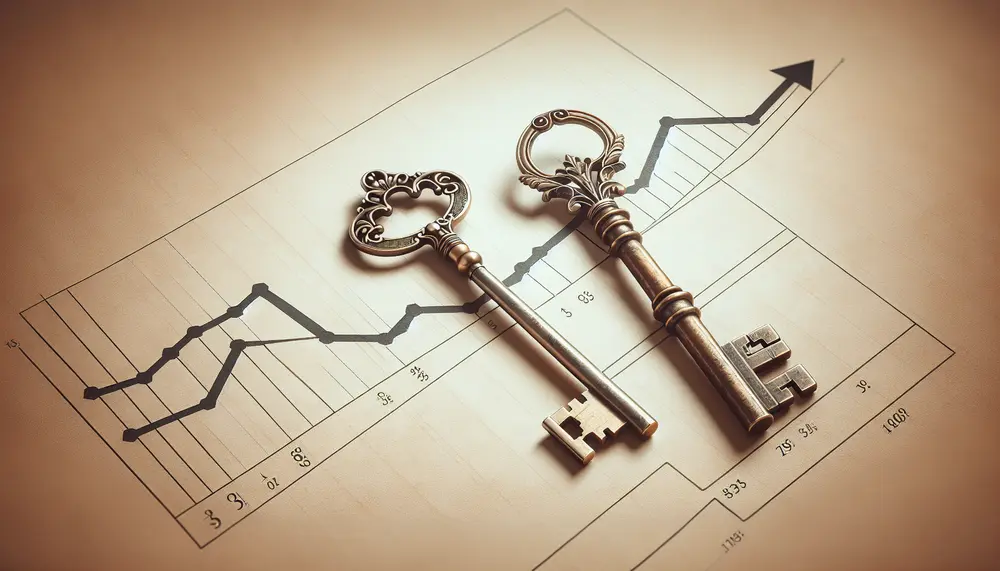Balance Sheet
Balance Sheet
Understanding the Balance Sheet in Trading
By definition, a Balance Sheet is essentially a financial snapshot of a company at any given point in time. It provides an overall picture of a company's health, showcasing assets, liabilities, and the owning stake or equity. Recognizing these three aspects well is vital for a well-informed trader.
Crucial Parts of a Balance Sheet
A Balance Sheet comprises chiefly of three integral parts. Firstly, it portrays the Assets of a company. These can include cash, investments, inventories as well as intangible assets like brand value and patents. Put simply, assets are resources a company owns that can generate revenue.
Secondly, the balance sheet highlights the company's Liabilities. These could be short-term or long-term in nature. Examples of liabilities are loans, accrued expenses and provisions for future expenses. As a trader, being aware of a company's liabilities is essential in understanding its financial obligations.
Thirdly, the Owners' Equity or Shareholders' Equity is listed. It's the amount of money that would be left if a company paid off all its liabilities from its assets. Essentially, it represents the net value that shareholders will possess if the company were to liquidate.
Reading a Balance Sheet
As a trader, using a balance sheet is a crucial skill. You should be able to see if a company is making more than it's spending, or whether it’s piling on debt. Studying a balance sheet can assist the trader in discerning the financial stability of a firm, which is often reflected in its stock performance.
The Role of the Balance Sheet in Trading
The Balance Sheet plays an integral part in trading. It’s one of the critical tools for traders when they're conducting fundamental analysis of a company. It helps to gauge whether a company is financially sound and if it’s a worthwhile investment.
The Bottom Line
Understanding a Balance Sheet is an essential skill for any trader. A well-read balance sheet can provide you with a good understanding of the financial health of a company. This insight can assist in making informed trading decisions. The more straightforward and tidy the balance sheet, the more transparent and reliable the company tends to be in the eyes of a potential investor.


